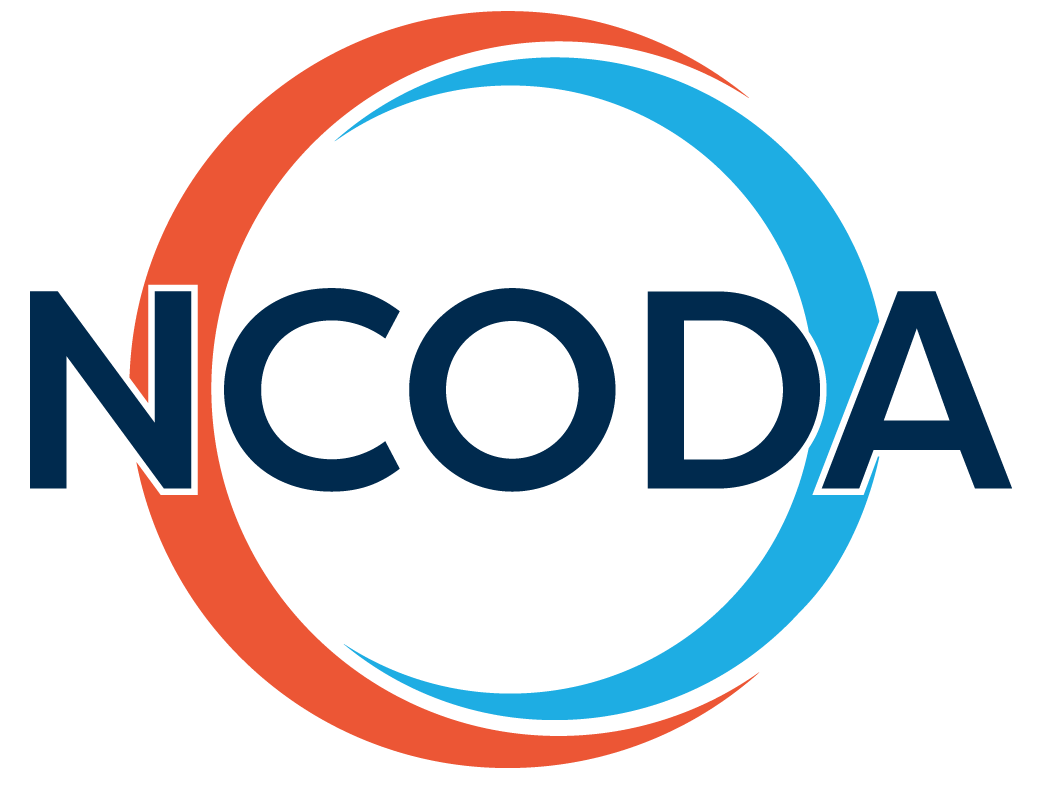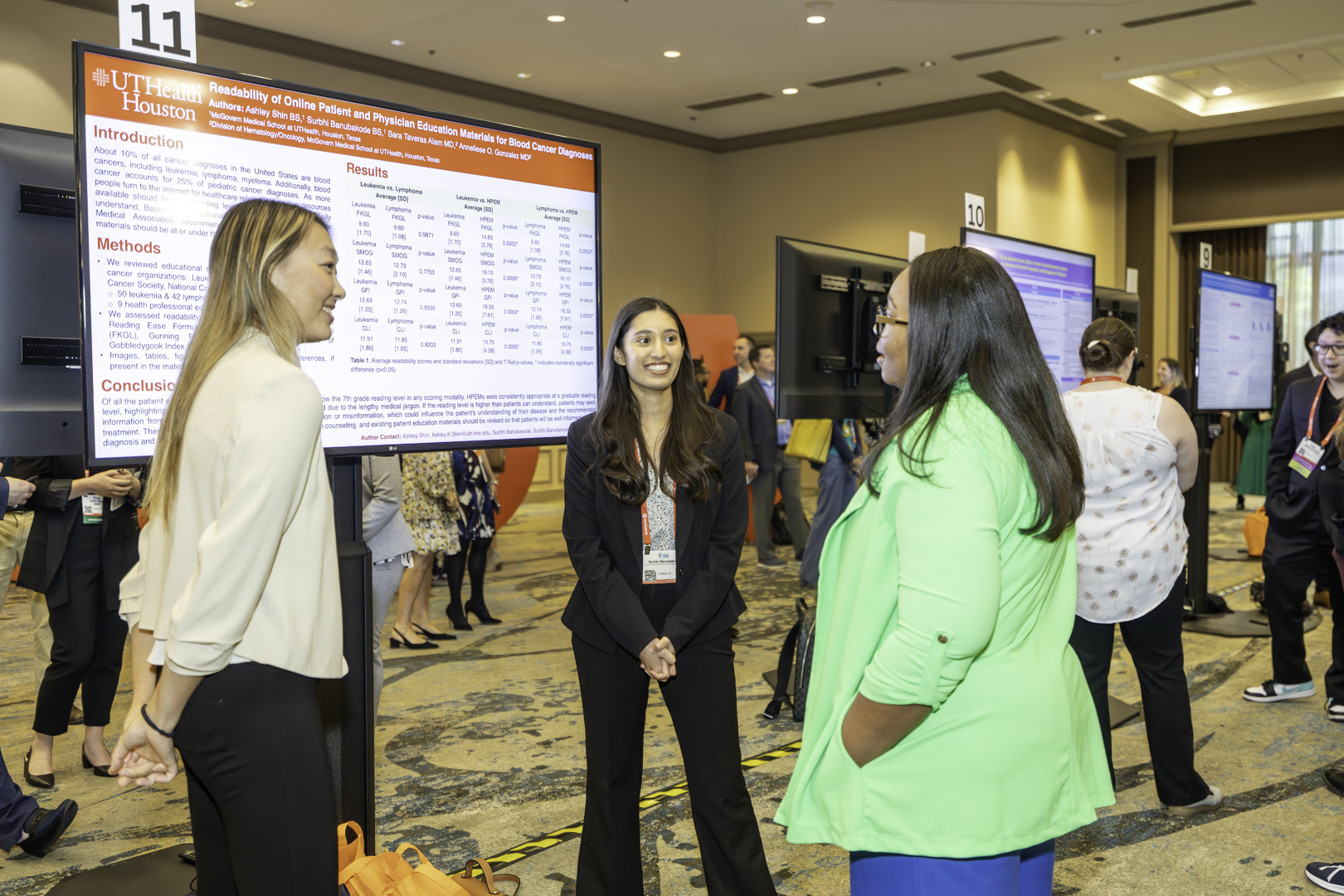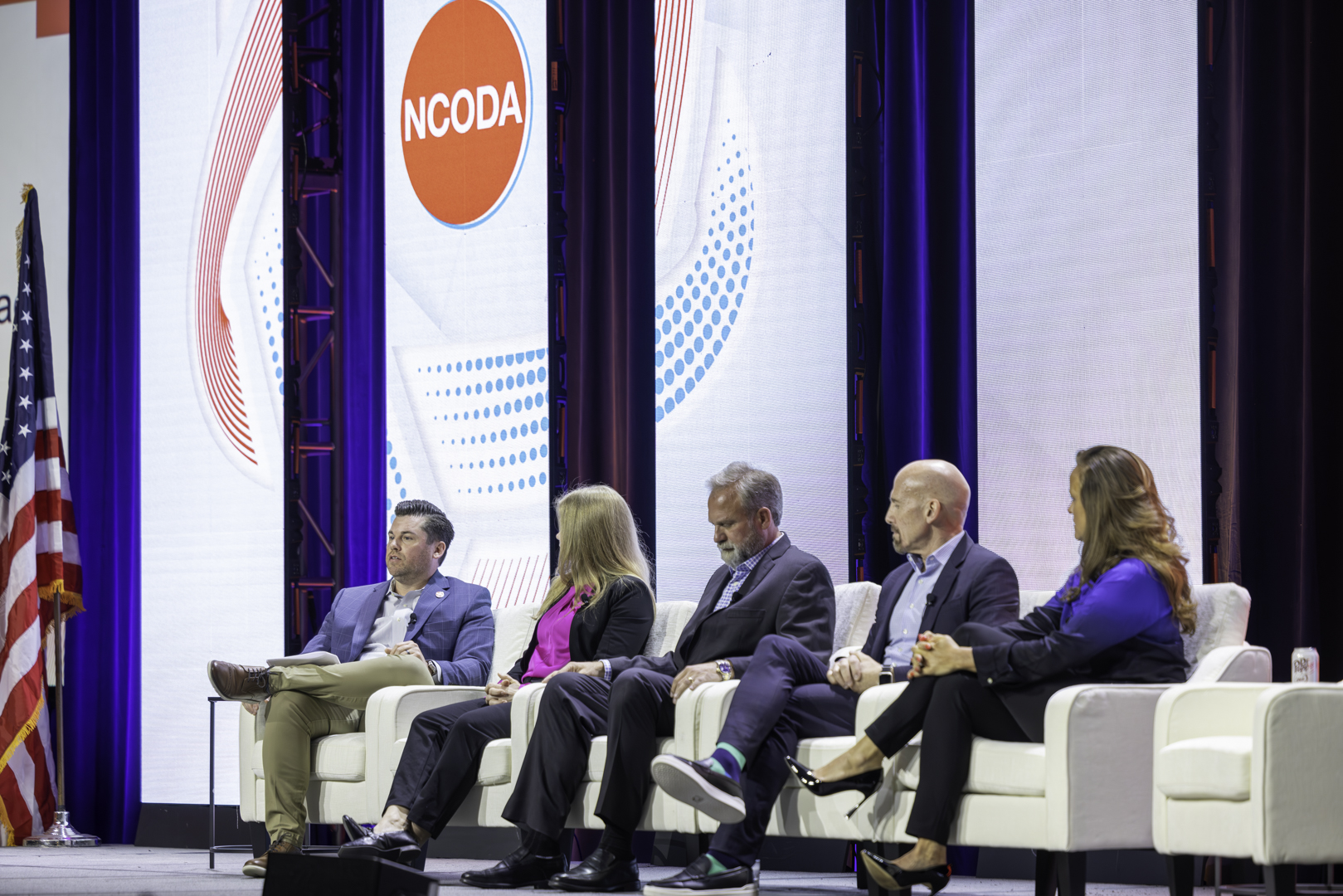2025 International Fall Summit
October 15, 2025 | 12:00 PM EST
- Home
- Clinical Resources Search
- PQI: CDK4/6 Inhibitors in HR+/HER2- Advanced Breast Cancer
CDK4/6 Inhibitors in HR+/HER2- Advanced Breast Cancer
About this PQI
Cyclin-dependent kinase (CDK) 4/6 inhibitors have demonstrated significant advances in the treatment of hormone receptor (HR) positive and human epidermal growth factor receptor (HER2) negative advanced breast cancer. While current available data do not support the preferential use of one agent over the other, the dosing and safety monitoring differ and may help in treatment decision making with patients. Multi-disciplinary care teams have key roles in education and supportive care management to optimize the use of these agents and disease response.
How to Use a Positive Quality Intervention (PQI)
Essentially, it’s a tool to improve patient care by sharing best practices in oncology care. Consider this standardized, peer-review clinical guidance to oncology healthcare teams, enabling you and your team to consistently deliver high-quality care to your patients.
Find a PQIFind Similar Resources
All Resources
PQI
PQI
PQI
PQI
PQI: Encorafenib (Braftovi®) + Cetuximab (Erbitux®) + mFOLFOX6 for BRAF V600E-Positive Metastatic Colorectal Cancer
Author: Jennah Bauernfeind, PharmD, BCOP
Last Updated: 07/13/2025
PQI: Zolbetuximab (Vyloy®) for Gastroesophageal Cancers
Author: Dr. Reetu Mukherji, MD
Last Updated: 07/13/2025
PQI: Advances in MRD Monitoring for Diffuse Large B-Cell Lymphoma (DLBCL)
Author: Tara Graff, DO, MS
Last Updated: 07/13/2025
PQI: Epcoritamab (Epkinly®) for Relapsed/Refractory Diffuse Large B-Cell Lymphoma and Follicular Lymphoma
Author: Syed Zia Khan, PharmD, BCSCP
Last Updated: 07/13/2025
PQI in Action
PQI in Action
PQI in Action
PQI in Action
PQI in Action: Larotrectinib (Vitrakvi®) Overview
Author: Upstate Cancer Center/Upstate Golisano Children’s Hospital, NY | Wolfson Children’s Hospital, FL
Last Updated: 07/13/2025
PQI in Action: Tremelimumab-actl (Imjudo®) Patient Management
Author: Scripps Health, CA | UPMC, PA
Last Updated: 07/13/2025
PQI in Action: Tepotinib (Tepmetko®) for Non-Small Cell Lung Cancerwith MET Exon 14 Alterations
Author: Florida Cancer Specialists & Research Institute, FL | Mayo Clinic, MN | Texas Oncology, TX
Last Updated: 07/13/2025
PQI in Action: Siltuximab (Sylvant®) in Patients with Idiopathic Multicentric Castleman Disease
Author: University of Michigan Health-Sparrow Herbert-Herman Cancer Center, MI | Texas Oncology, TX | University of North Carolina (UNC) Health, NC
Last Updated: 07/13/2025
PQI Podcast
PQI Podcast
PQI Podcast
PQI Podcast
S8 Bonus Eps 2: Inside ASCO 2025
Author: Ginger Blackmon, PharmD | Kelly Brunk, PharmD, BCOP
Last Updated: 07/13/2025
S8 E15: Supporting Survivors at Work
Author: Ginger Blackmon, PharmD | Rebecca Nellis, MPP
Last Updated: 07/13/2025
S8 E14: Advancing Geriatric Oncology
Author: Ginger Blackmon, PharmD | William Dale, MD, PhD, FASCO
Last Updated: 07/13/2025
S8 Ep 13: Supporting Patients Through Financial Assistance
Author: Ginger Blackmon, PharmD | Michael Heimall, FACHE
Last Updated: 07/13/2025
Treatment Support Kit
Treatment Support Kit
Treatment Support Kit
Treatment Support Kit
Treatment Support Kit: Mirdametinib
Last Updated: 07/13/2025
Treatment Support Kit: Abemaciclib
Last Updated: 07/13/2025
Treatment Support Kit: Temozolomide
Last Updated: 07/13/2025
Treatment Support Kit: Tivozanib
Last Updated: 07/13/2025
Video
Video
Video
Video
Video: Akynzeo® (Ready-to-Use Vial): A Step-by-Step Video Guide
Last Updated: 07/13/2025
Video: BRUKINSA® (Zanubrutinib) for Treatment of Relapsed or Refractory Marginal Zone Lymphoma
Author: Brad Kahl, MD
Last Updated: 07/13/2025
Video: Ibrutinib-Related Cardiac Toxicities: Management & Dose Modifications
Author: Jo Ellen Rodgers, PharmD, BCPS, BCCP
Last Updated: 07/13/2025
Video: Neratinib for Extended Adjuvent Treatment of Adult Patients with Early-Stage HER2-Positive Breast Cancer (MIP)
Author: Joyce O’Shaughnessy, MD
Last Updated: 07/13/2025
PQI
PQI
PQI
PQI
PQI: Tucatinib (Tukysa®) Management
Author: Katie Carter, PharmD, BCPS
Last Updated: 07/13/2025
PQI: The Role of Pharmacy in Equitable Breast Cancer Care
Author: Kayla Boyd, PharmD, BCOP | Daisy Doan, PharmD
Last Updated: 07/13/2025
PQI: Stomatitis Prophylaxis During Everolimus (Afinitor®) Therapy
Author: Matthew Schulz, PharmD
Last Updated: 07/13/2025
PQI: Overview of Breast Cancer Survivorship
Author: Tahsin Imam, PharmD
Last Updated: 07/13/2025
PQI
Treatment Support Kit
PQI
PQI: Management of Abemaciclib (Verzenio®) Associated Diarrhea
Author: Derek Gyori, PharmD | Julianne Darling, PharmD
Last Updated: 07/13/2025
Treatment Support Kit: Abemaciclib
Last Updated: 07/13/2025
PQI: Advanced Breast Cancer: Appropriate Patient Identification with Abemaciclib (Verzenio®)
Author: Jan Montgomery, PharmD | Jacob Dygert, PharmD
Last Updated: 07/13/2025
PQI
Treatment Support Kit
PQI
PQI: Management of Abemaciclib (Verzenio®) Associated Diarrhea
Author: Derek Gyori, PharmD | Julianne Darling, PharmD
Last Updated: 07/13/2025
Treatment Support Kit: Abemaciclib
Last Updated: 07/13/2025
PQI: Advanced Breast Cancer: Appropriate Patient Identification with Abemaciclib (Verzenio®)
Author: Jan Montgomery, PharmD | Jacob Dygert, PharmD
Last Updated: 07/13/2025
Immunotherapy
Immunotherapy
Immunotherapy
Immunotherapy
Example SOPs and Documents: Transitioning Patients on Bispecific T-Cell Engagers Between Care Settings
Last Updated: 07/13/2025
Example SOPs and Documents: Bispecific T-cell Engager Billing Procedure
Last Updated: 07/13/2025
Example SOPs and Documents: Bispecific T-Cell Engager Ordering and REMS Compliance
Last Updated: 07/13/2025
Example SOPs and Documents: On-Call Responsibilities for Nurses Managing Bispecific T-Cell Engagers
Last Updated: 07/13/2025






